In the year of the 10th anniversary of the Syrian civil war, a new book by architect Marwa al-Sabouni explores how the built environment should be made to work for people, not the other way round.
Building for Hope follows on from al-Sabouni's memoir, The Battle for Home, which was published in 2016 and gave a new tone to the outside world's monochromatic view and comprehension of the conflict. She wrote from Homs with verve and conviction amid the fighting, and was praised for giving fresh purview on how unethical architecture, wilful neglect of heritage, and unscrupulous planning played significant roles in the collapse of Syrian cities and in the capitulation of communities such as the one she lived in with her husband and two children.
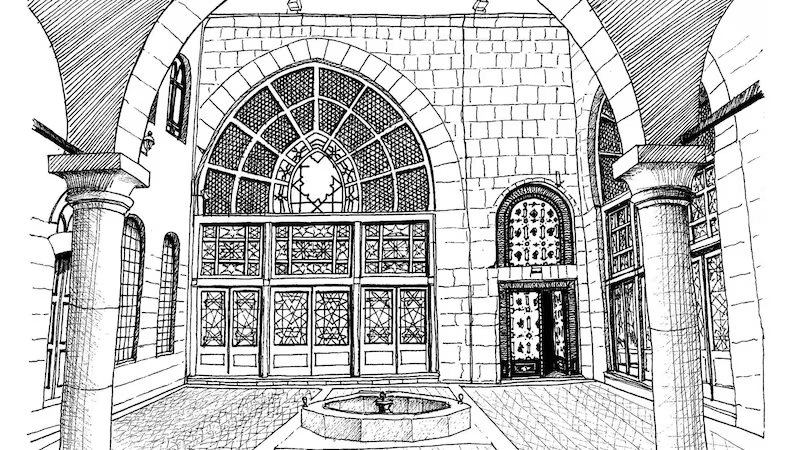
0 of 6
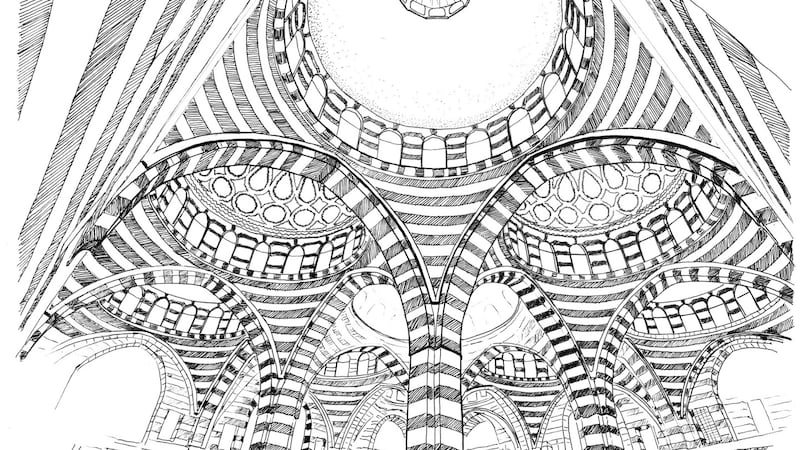
In her new book, she deconstructs many living spaces that fail at the first hurdle, as she explores “emotions that set traps for the practice of architecture”.
She explains: “I have come to understand that the ruin of home is not necessarily expressed in the rubble scattered in what was once a street: it can also be seen in shattered societies . . . our world is blighted by many sick cities, the cries of which are no less urgent than the cries of those devastated by war.”
The new book takes a broader sweep of our built environments, as al-Sabouni includes her experiences of cities such as Detroit, Beirut, Bristol, and Helsinki, as well as writing about Syria. She references many writers and theorists, too, even some dubious arbiters of architecture's role in society such as Roger Scruton and Alain de Botton. Perhaps it's why Hope feels less focused than Home. Nonetheless, the book is strong when al-Sabouni writes about her homeland. She talks of the need for creation of the generous city through an architecture of public space – places with little function perhaps, except that people can enjoy them. Such a place could be a courtyard, she says, a bench under a willow tree, a cool fountain where passersby can rest. (We are a long way from these ideas in many western cities with their newly-acquired tastes for shuttered benches, studded steps and shop fronts, locked garden squares).
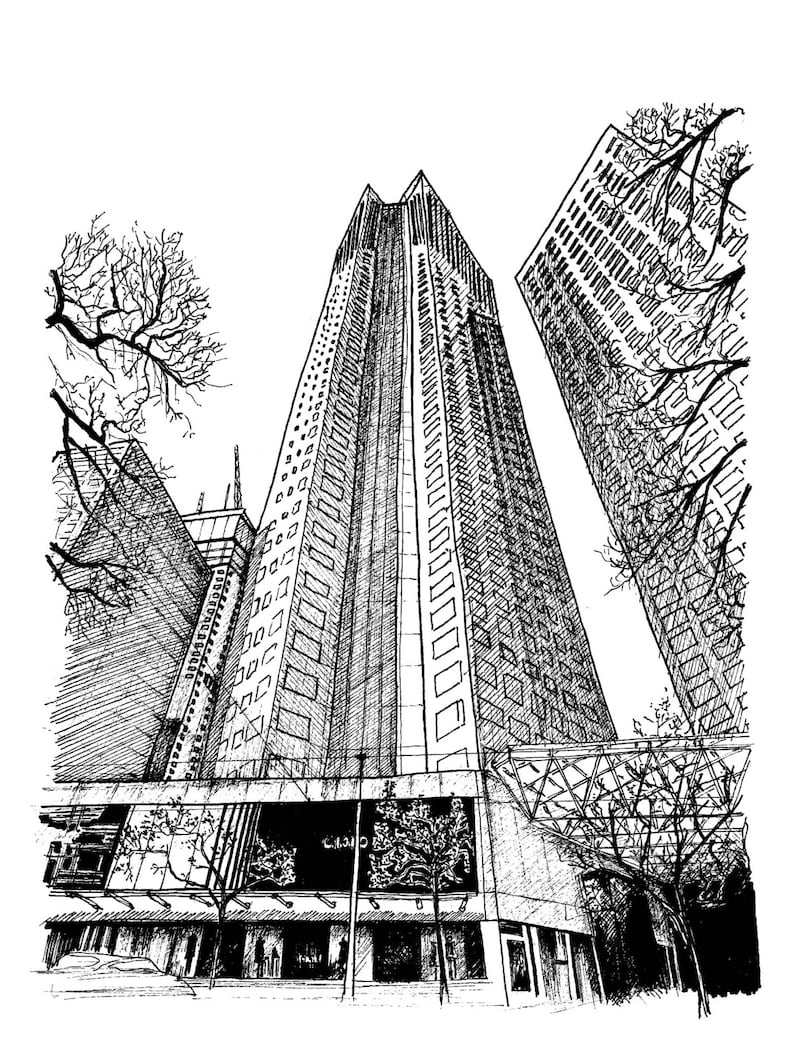
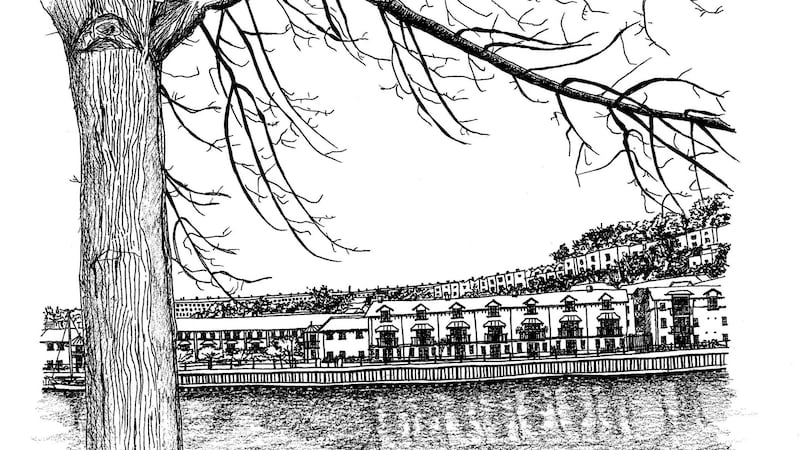
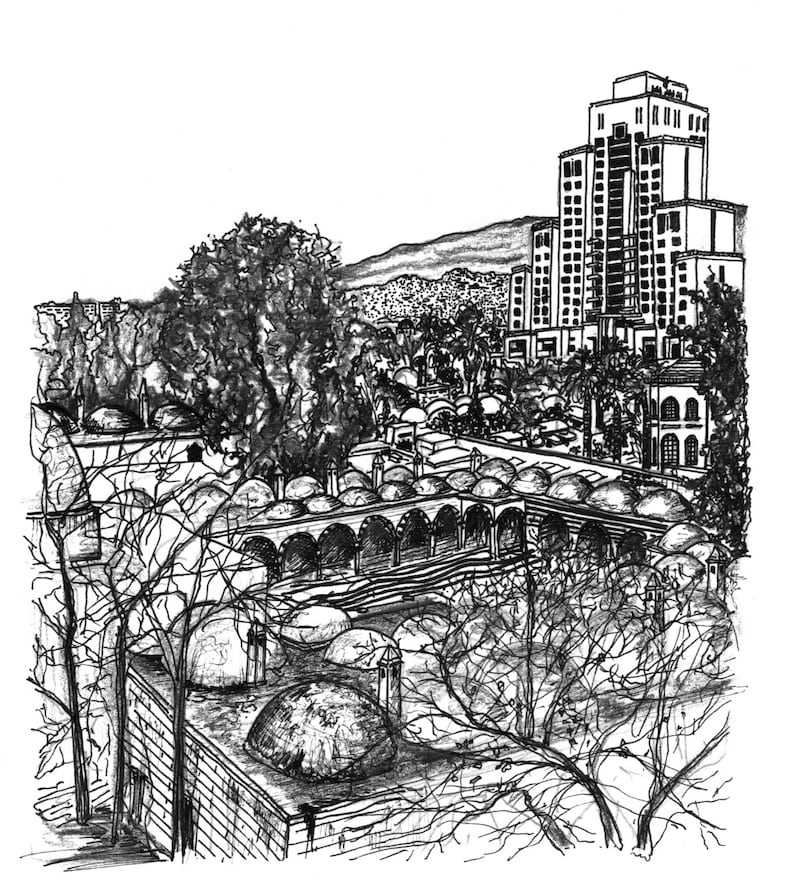
Protected public spaces
Public spaces are protected in Islamic cities in the form of waqf (plural awqaf) where some place or thing is given charitable or civic status, and any other use is prohibited under law. Once a property is endowed under Islamic law, al-Sabouni writes, it cannot be sold, and the original owner’s purpose of the place cannot change, even after their death. Any profits or goods from such a place are then given to those in need, for example an orchard could be specified to feed local school children.
“The waqf is a purely Islamic concept, close to charity yes, but its strength lies in its nature being an endowed property: for God’s sake. Once endowed, the property becomes of God, it cannot be sold nor changed in purpose which, as I explain in detail in the book, is the prime reason behind our achievements in, most of the time, preserving Syrian heritage. It is for that reason that when the French and British were in the region they were against the waqf, and changed its nature into a ‘government-controlled system’. With this change, the waqf lost its resilience in the face of money, in the face of corruption.”
And how has that other “C” word impacted Syria?
“We’ve experienced a parallel reality; we have our own problems that distracted us from the pandemic. Our country is going through a rough stage, which for the vast majority is far more difficult than the days of heavy conflict,” says Marwa.
”As for Covid-19, I don’t think it should change cities. This is the last thing we need to surrender to – human nature is inherently social. We depend on our senses to live together; a life without that is not worth living.
“Syria is, sadly, under a severe international economic siege, mixed with unprecedented levels of corruption, lack of accountability, a general collapse in morality, really. It’s almost a daily miracle that one wakes up and still finds life out there.
“Although we are no longer headline news, the statistics and figures that depict the scale of suffering are astonishing: 94 per cent of the Syrian population live below the poverty line. Electricity is restricted to four to five a day (which is rarely even that). Our currency has been devalued. Cars queue for the allowance of fuel to last them four days. Businesses are crippled, trade is monopolised, agriculture is dying out; the only thing on the rise is death.”
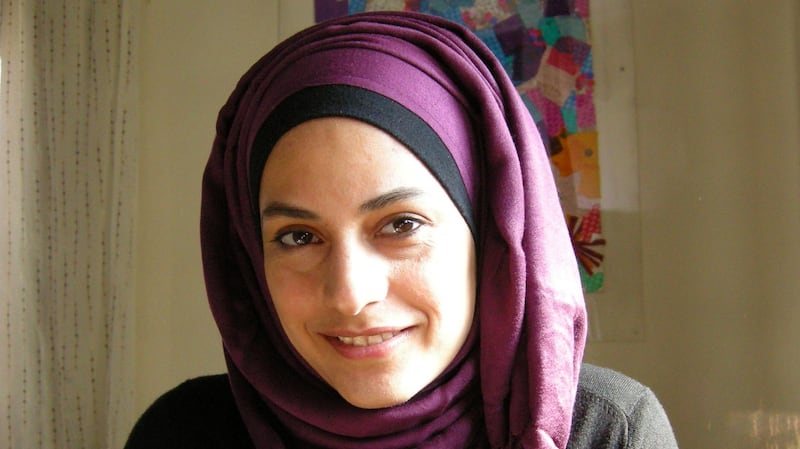
When I last spoke with al-Sabouni in 2017, at the Galway International Arts Festival, she had been travelling extensively on the back of the success of her first book, giving lectures at various forums and festivals across the world, including a Ted Talk. She enjoyed her short stay in Ireland, fondly recalling her time in both Galway and Dublin.
“I especially admire the way the river and the coast are treated in Galway – both are employed to complement the city, create recreational destinations for the citizens and have not been compromised too much for tourists,” she says.
Homs and Dublin
Homs is Syria’s third-largest city, with a prewar population similar to that of greater Dublin. It’s here al-Sabouni runs her studio along with her husband Ghassan, also an architect. They refused to leave their home town with their two children, Naya and Ayk, even as carnage increased in the country after the Arab uprisings in 2011.
I asked her thoughts on Dublin, a city now talked about more for its various problems than for its positives.
“It’s true that in many ways Dublin resembles Homs; the refinery chimney is one!” she says, tongue-in-cheek, meaning Poolbeg power station. “Another thing in common is that both countries have had to deal with the consequences of colonisation.
“In my opinion, Dublin is unaffordable and having problems because it gave in to the Factory [Marwa writes in the book of the Factory Syndrome in a city, which requires unsustainable resources to prop it up, and consequently creates severe inequality and deprivation among its population].
“When I visited I remember seeing all those new buildings being built in anticipation of welcoming companies leaving London after Brexit. The prices of property must have rocketed, with credit loans to be met, only for it all to be hit by Covid-19.
“I remember hoping that this would not be another Celtic Tiger for you, as I have loved Ireland since I visited. Homs does not have the same problems, because it doesn’t have a foreign ownership issue; indeed the vast majority of its property is locally owned. With the war and emigration, the scenery is changing, of course. It is a different landscape now. Who knows how it will play out post-conflict?”
Building for Hope: Towards an Architecture of Belonging by Marwa al-Sabouni is published by Thames & Hudson, £20 (€23.40).


























